Experiential Learning for Sustainable Development
Ignite India’s tailored, place-based approach
Uruguay’s grasslands as an impact finance model
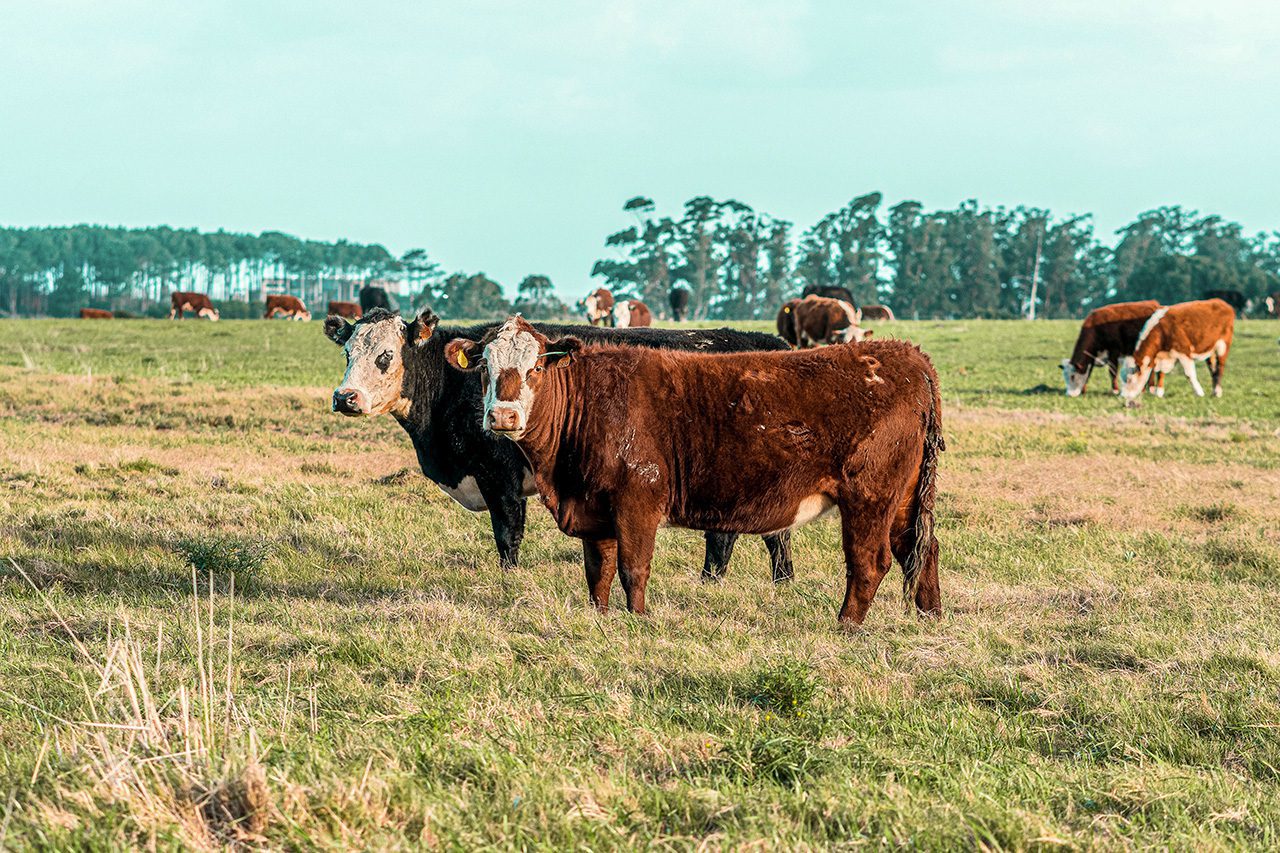
When Althea Ganly looks across her family’s land in Uruguay’s Savannah, she sees more than cattle and grass; she sees resilience, responsibility, and heritage. The grasslands of Uruguay, part of the extensive Pampas ecosystem that spans Argentina, Uruguay, and southern Brazil, have long supported local economies, cultural identities, and remarkable biodiversity.
However, these grasslands are critically endangered. Approximately 80% of Uruguay is dedicated to cattle ranching, both on natural and artificial grasslands. Overgrazing, monoculture soy production driven by international demand, and invasive species have led to significant soil erosion and habitat loss. Iconic local species, including giant anteaters and jaguars, have faced local extinctions.
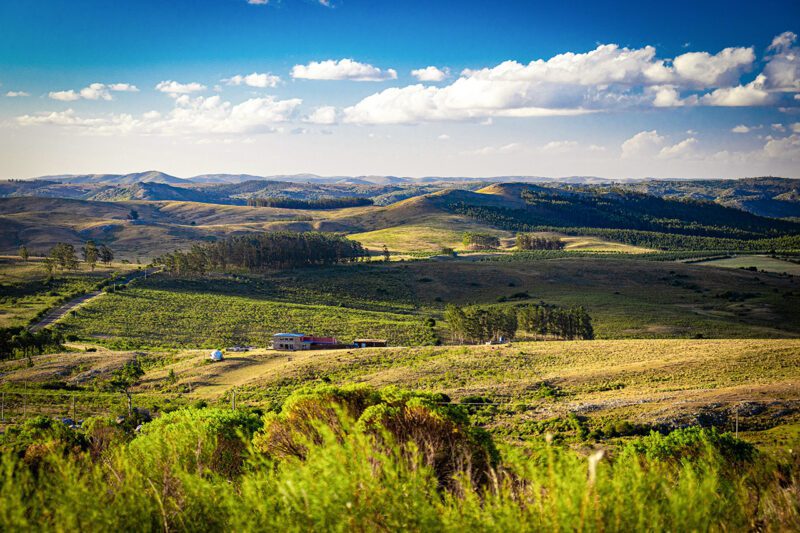
This ecological and economic crisis is being addressed by the Uruguay Grasslands Regeneration Project — a pioneering collaboration that Althea co-founded, leveraging regenerative economic ecosystems to restore the grasslands.
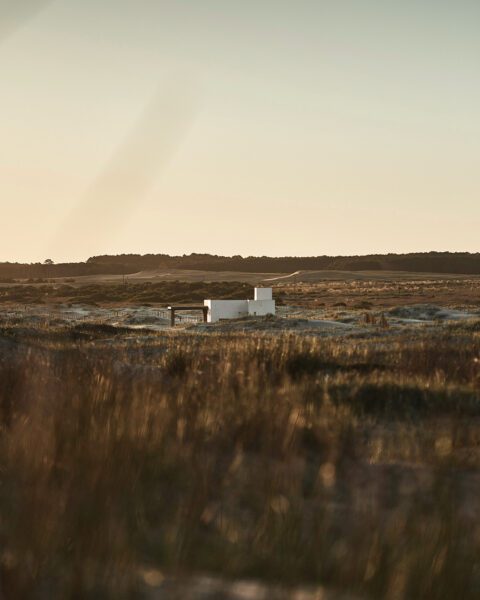 Why grasslands matter
Why grasslands matterGrasslands, often overlooked compared to forests, cover 40% of the Earth’s land area and store over 30% of terrestrial carbon. Yet, globally, half of all grasslands have been degraded, severely diminishing their environmental and economic value. Regenerative grassland management practices restore soil organic carbon (SOC), essential for soil fertility, water retention, nutrient cycling, and climate change mitigation.
The Uruguay Grasslands Regeneration Project demonstrates how regenerative economic models can create ecological, social, and financial value, benefiting farmers, investors, markets, and ecosystems simultaneously. This model emphasizes the importance of understanding complex ecological and economic dynamics to maximize impact and reduce risks.
The project spans 140,000 hectares across 125 family-owned ranches, anchored by the principle that financially empowered land stewards are most effective in ensuring landscape resilience. Ranchers employ Voisin’s Rational Grazing (PRV) and Holistic Planned Grazing (HPG), which manage grazing cycles to enhance soil regeneration and carbon sequestration. This approach directly links regenerative practices to measurable carbon credit revenues.
The project functions through interconnected nodes:
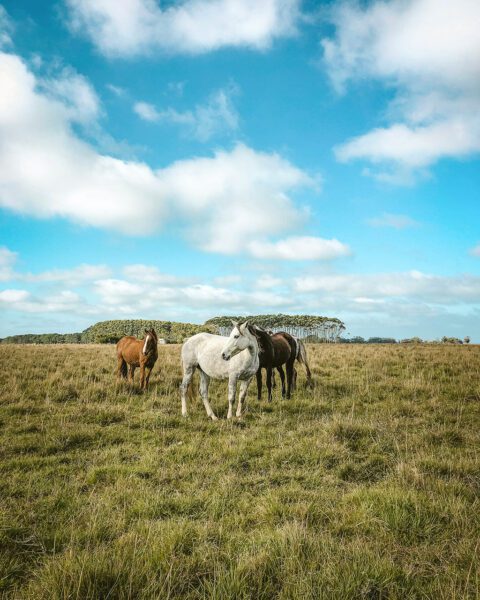 Each node plays a distinct but complementary role:
Each node plays a distinct but complementary role:
This ecosystem depends on trust, transparency, and coordinated relationships. However, the interconnectedness introduces risks — issues like credibility gaps or certification inconsistencies can significantly affect the ecosystem’s resilience, as demonstrated by previous global carbon market challenges. Designing regenerative ecosystems for systemic resilience through redundancy, adaptability, and transparency is essential for long-term success.
The project targets annual carbon sequestration of approximately 290,944 tCO?e, comparable to removing 67,000 cars from the road each year. With a carbon price of $15 per ton, ranchers could receive around $30,000 annually per 1,000 hectares — significantly bolstering their financial stability, particularly in economically challenging periods.
Additionally, meeting standards such as Regenerative Organic Certified (ROC) opens new premium market opportunities for ranchers, further improving economic outcomes.
If effectively scaled, this model offers global relevance, adaptable to diverse cultural and ecological contexts.
Yet, the project’s benefits extend beyond economics. Ranchers report healthier soils, better water retention, and improved livestock health, nurturing a new generation dedicated to regenerative practices.
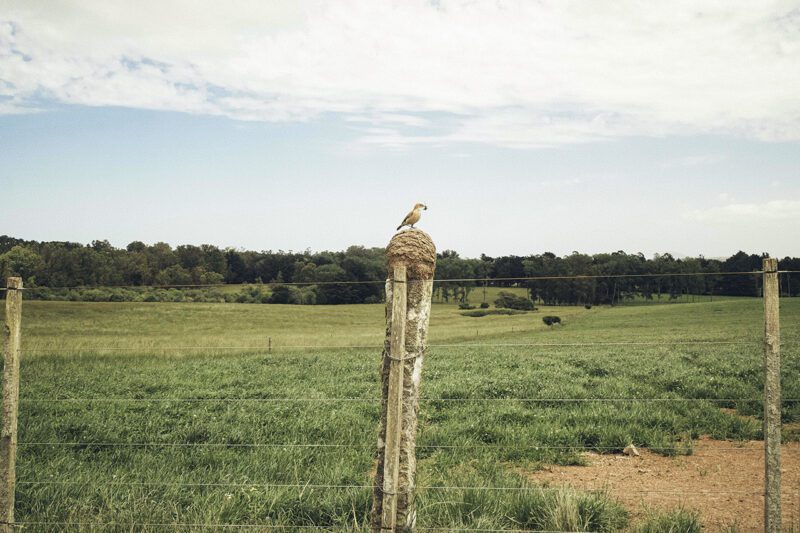
If effectively scaled, this model offers global relevance, adaptable to diverse cultural and ecological contexts. Uruguay has the potential to set a global benchmark for combining land stewardship, carbon finance, and rural resilience.
As one participating rancher summarizes: “We’re not just managing livestock. We’re healing ecosystems, addressing water crises, providing food security, confronting climate change, and preserving our land for future generations.”
The Uruguay Grasslands Regeneration Project exemplifies a living regenerative economic ecosystem, illustrating a practical path toward systemic, sustainable, and economically viable solutions.
Related Content
Comments
Deep Dives
RECENT
Editor's Picks
Webinars

Featuring
Elizabeth Boggs Davidsen
CEO of GSG Impact
May 8 - 12:00 PM EST
News & Events
Subscribe to our newsletter to receive updates about new Magazine content and upcoming webinars, deep dives, and events.
Become a Premium Member to access the full library of webinars and deep dives, exclusive membership portal, member directory, message board, and curated live chats.
At Impact Entrepreneur, we champion fearless, independent journalism and education, spotlighting the inspiring changemakers building the Impact Economy. Diversity, equity, sustainability, and democracy face unprecedented threats from misinformation, powerful interests, and systemic inequities.
We believe a sustainable and equitable future is possible—but we can't achieve it without your help. Our independent voice depends entirely on support from changemakers like you.
Please step up today. Your donation—no matter the size—ensures we continue delivering impactful journalism and education that push boundaries and hold power accountable.
Join us in protecting what truly matters. It only takes a minute to make a real difference.
0 Comments